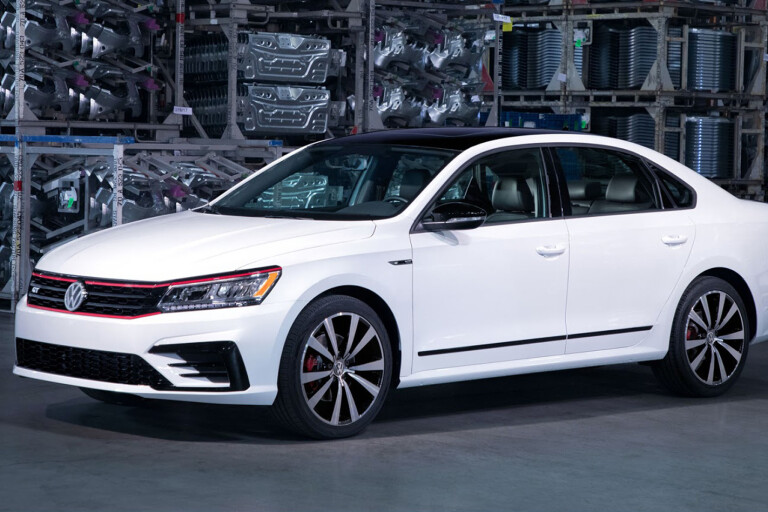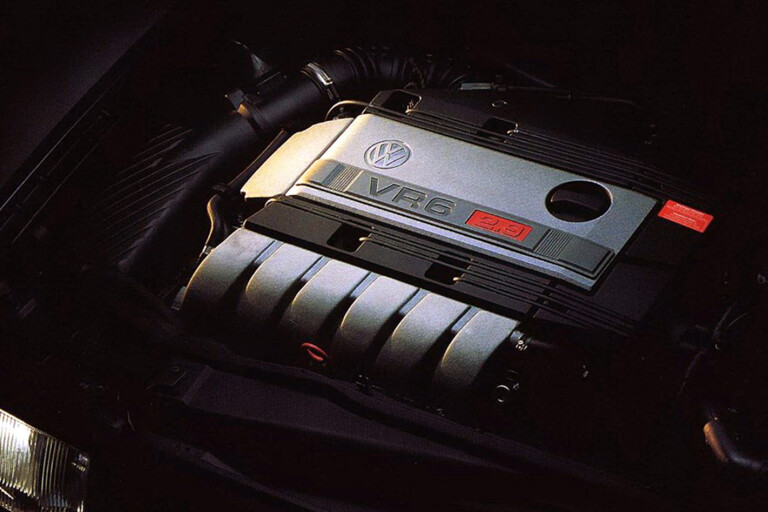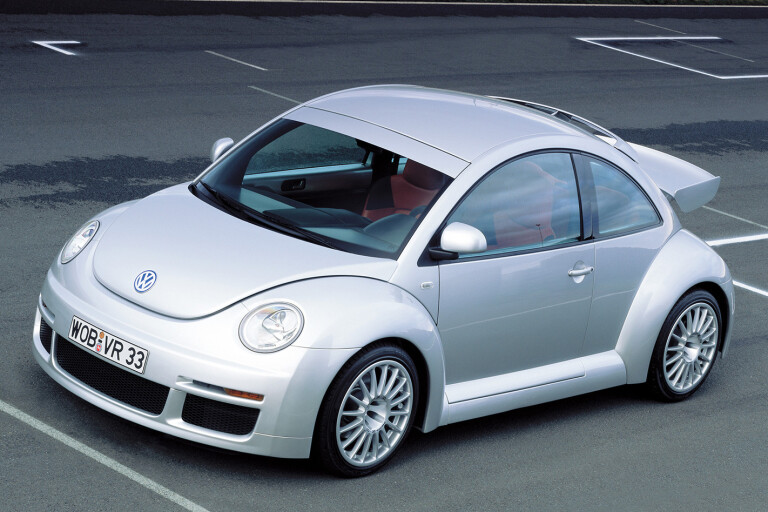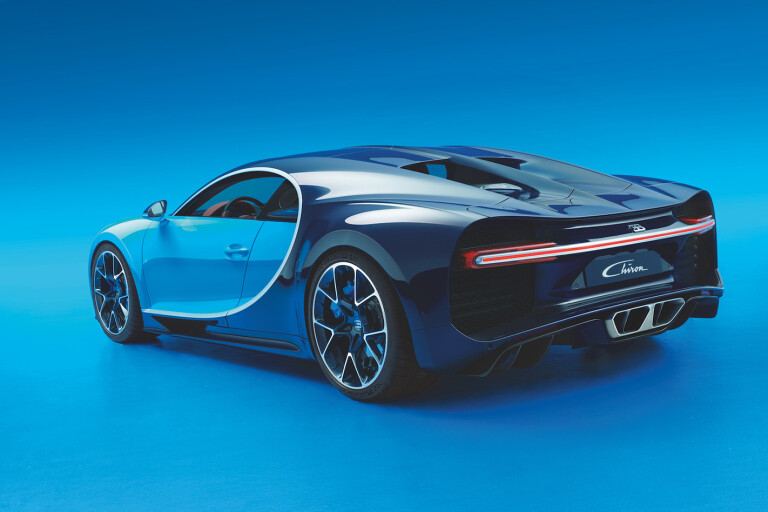
VOLKSWAGEN’S passenger cars will no longer carry the VR6 engine, with the announcement that the Passat is phasing out the clever narrow-angle V6 petrol engine that has been part of the German company’s performance portfolio for 27 years.

US customers can – for the time being at least – get hold of the engine in the giant Atlas SUV, but its days also look numbered, sales of the smaller two-litre turbo four putting the VR6 on death row, even in trucks.
Although Lancia must be credited as the masters of the narrow-angle V engine, the VR6 developed that theme still further. It was, in effect, a V-inline engine, as oxymoronic as that sounds, as it had offset cylinders but one cylinder head.
Like so many innovations, it was born from necessity. Volkswagen’s product portfolio in the late eighties was heavily skewed towards transverse engined, front-wheel drive cars. A straight-six or a V6 would have presented insurmountable packaging issues in the short and relatively narrow engine bays of vehicles like the Golf, Corrado and Passat, so rather than design a V-configuration six-pot with the usual 60-degree angle between cylinder banks and a head atop each, the 15-degree offset of the two banks of the VR6 required a double overhead cam but one head.

Originally 2.8-litres and then bored to 2.9-litres, the VR6 proliferated within Volkswagen Audi Group products. The larger capacity Corrado engine originally featured a clever dual-tract variable-length inlet manifold, dubbed the VSR (Variables SaugRohr) that delivered a stack of low-end torque but was ditched on cost grounds. The tech was sold to Schrick who later made a small fortune marketing an optimised version to VR6 owners as the Schrick VGI (Variable Geometry Intake).
In 2001 it was enlarged to 3.2-litres for the limited run Beetle RSi, that unit then being fitted to the 177kW Golf Mk4 R32 and the 184kW Audi TT. The largest capacity VR6 was the 3.6-litre lump, introduced in 2005. It’s also worth mentioning that Volkswagen and SEAT used a 2.3-litre 100kW VR5, first seen in the 1997 Passat.

As well as Volkswagen and Audi, versions of the VR6 powerplant were used by Porsche in the Cayenne, Skoda in the Superb, Ford in the first-gen Galaxy, Mercedes-Benz in the V280, Artega with its GT and even Winnebago, who plumbed it into their Rialta, Vista and Itasca Sunstar utes. Back in 2010, Horex even fitted a supercharged VR6 to a motorbike.
The narrow-angle theme developed from the VR6 too, the Volkswagen Group creating W8, W12 and W16 engines, the latter being reserved exclusively for Bugatti in its Veyron and Chiron models. This engine creates a 90-degree V by using two VR8 banks.

With the improved economy, emissions and torque response of smaller capacity turbo fours increasingly elbowing the VR6 aside, the writing has long been on the wall for this characterful engine with its unique sound signature. Australia never really enjoyed the full onslaught of VAG’s VR6 assault in the early Nineties, but we’re a nation who loves a good six-pot. We’ll miss it.



COMMENTS